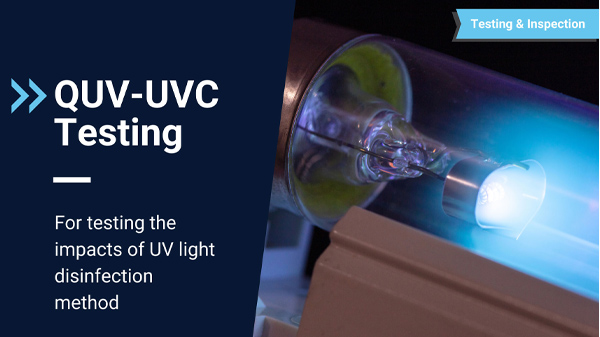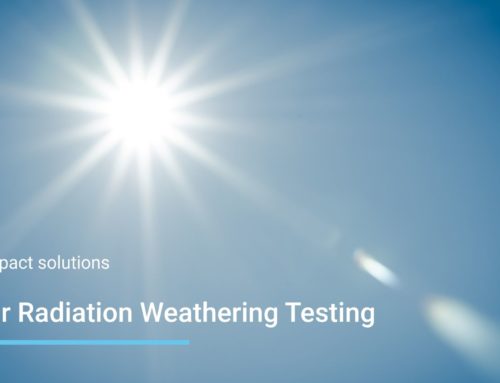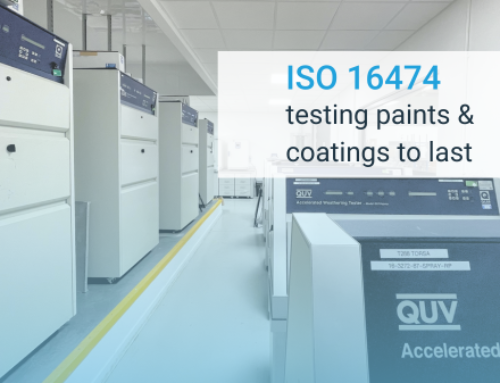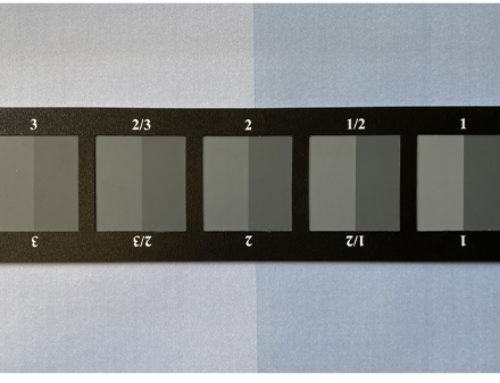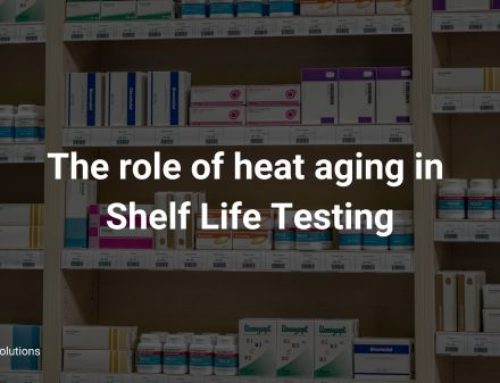UVC radiation is now commonly used as a disinfectant method, taking a rise in popularity due to the COVID-19 pandemic and its ability to sterilise surfaces of human pathogens, such as coronaviruses. It uses ultraviolet light to inactivate microorganisms. We go more in-depth about the process of UVC sterilisation in our article “UVC Testing – Impact of UVC Exposure on Materials”, where we stress the importance of products being tested to determine the potential impacts of the radiation on materials. While testing is important, it’s also good to know where UVC radiation disinfectant lamps are being used.
Where is UVC radiation used?
UVC disinfectant is being seen as the future of fighting viruses, with lamps that are easily portable being used to make everyday life safer. With the pandemic, travel has been restricted and while airports cannot control what those outside the airport do, airlines are doing their best to keep passengers safe with UVC radiation. They are being used all over airports and aircrafts, to disinfect everything from the trays at airport security, to the inside of the aircrafts themselves. The effectiveness of the technology helps to provide a safer experience for passengers and staff alike.
An example of an airway that has been public in their use of UVC, is Qatar Airways. They have brought UVC radiation into their airports to keep their staff and customers safe and have released an advert showing how they are using UVC radiation to disinfect their space. This is being used globally, which has ensured people feel safer when travelling. Making introductions into other businesses, the use of UVC continues to grow.
Airports aren’t the only ones quickly adopting UVC lamps, as hospitals and medical laboratories have been using them too. Being able to inactivate pathogens – having a pathogen kill rate of 99.9% – while also having limited chemical exposure for staff, makes them extremely reliable for these purposes, giving staff an extra protection outside of their PPE. While UVC isn’t necessarily a new technology, it’s definitely receiving a lot more attention recently. Part of Qatar Airways introduction of UVC radiation in their airports includes automated robots, which continually disinfect the area in a periodic manner, but turn off when humans are around. This is a big advancement in how we use UVC technology.
In addition to the pathogen kill rate of UVC, a single bulb can last thousands of hours, providing a modicum quantity for replacements, even in high demand fields.
Impact’s fully commissioned QUV-UVS test is now ready to begin testing on products for the impact of UVC radiation as a disinfectant method – an important point for all companies and manufacturers to consider when it comes to using UVC radiation on surfaces or thinking about their product and materials in use. Will it cause long term damage to the materials or speed up the ageing process?
For more information on this, contact us today.
Interested in receiving more news and updates, sign-up to our newsletter here and be sure to follow us on LinkedIn, Facebook and Twitter.

